The Institute of Cost Accountants of India has submitted its Feedback on the Models suggested by GST Council for simplification of GST Returns which includes suggestion on Continuous facility to add invoice by Seller and Continuous viewing of invoices by Recipient, GST Return design, Input tax credit, A semi-automatic process of ITC reversal through administrative order and invoice matching till the new system is in operation.
The Institute of Cost Accountants of India
(Statutory body under an Act of Parliament)
Feedback on the Models suggested by GST Council for simplification of GST Returns
| Sl. No.. | Issues. | Comments. |
| Continuous facility to add invoice by Seller and Continuous viewing of invoices by Recipient who can lock the invoice after which seller can’t edit/delete (it becomes confirmed liability of seller) | Import data based on Bill of Entry may be automatically moved from Customs Portal to the Taxpayer’s Portal.
B2C invoices may also be allowed to be uploaded by Supplier on regular basis. Batch wise processing through offline tools may be provided. Edit option may be given to Supplier/Recipient to deal with errors found before confirming and before filing the monthly return. Any changes in the details may be permitted by way of Debit / Credit Note in subsequent months. |
|
| 2. | Return design: System will draft Monthly return based on supply data uploaded and inward supply accepted. Annexures will contain these details along with data on B2C, CN/DN, Reverse Charge purchases etc. fed by taxpayer. | Clarification required on Credit and Debit note —Whether the CN/DN should be linked to respective invoice and at item level. In case of supplementary invoice/DN/CN for price revision at a later date will be very tedious to enter at item level. Similarly credit note issued for volume discounts will be difficult to link to item level matching.
What happens in the current situation where the supplier does not file the return on time?Receiver should have option to upload the invoices of supplies received and payments made. Uploading of data should be may be made available to the extent of outward supplies, debit / credit notes and inward supplies to the extent of tax liability under reverse charge and import of goods / services. |
| 3. | Input tax credit: Input tax credit will be given on the basis of acceptance of invoice. However, Credit linkage to payment of tax by Supplier be retained | Input credit should be allowed on provisional basis as proposed in Model A. The buyer in general will go as per his books of accounts to claim the input tax credit and hence the entry in books of accounts of the buyer should be the basis for claiming the provisional credit. If no accounting entry is found in buyers books of accounts and if notional credit is claimed, the buyer can be penalised. The buyer may be allowed to upload the details of invoices on which he his claiming the input tax credit provisionally. This will ensure that the seller is obligatory to upload the missing invoices and also safeguard the revenue interest.
How come the recipient is penalised for non-payment of tax by the supplier? Let us continue to have the system of notices received by supplier and recipient to justify their individual stand and penalty and interest or reversal should be done based upon the justification. It was primary duty of the registered person to take the eligible input credit. The system Credit Linkage to payment is will create hardship to buyer. Once the supplier uploads the invoice, files monthly returns and accepts the liability, credit to the buyer should be allowed. It is the function of the revenue department to recover tax from the supplier. By linking credit with payment by supplier, the buyer should not be penalised. If linkage to payment is made, buyer will have double loss i.e. he pays the tax amount to supplier and once again the credit is denied. Therefore linkage to payment should not be kept. should be make a defaulter list of registered persons not filing of the return, so that the supplier/receiver will not make any transaction between the defaulter registered person to avoid the minimum loss of valid input credit. |
| 4. | A semi-automatic process of ITC reversal through administrative order: System will track and generate a list of supplier defaults. Cases from this list may be presented to assessing officer based on configurable rules (all or based on quantum of difference). System issues notice to the selected cases. If the rectification is not satisfactory, officer may issue a reversal order at the click of a button.
|
More details required on how the system is going to track the list of supplier defaults. It should not restrict to only to dealers who have uploaded the supply invoice and not paying the taxes. The system should also track the dealers who have not declared the actual outward supplies.
This is acceptable based on justification for rectification or Non rectification of both suppliers or recipients. Principle of natural justice should be followed. Buyer should not be penalised for suppliers default.
|
| Safeguards: Starting right from preventing fraudulent registrations to limiting the credit flow from defaulting suppliers after a certain threshold to making RC inactive for non-filing of return by defaulting sellers. | Registrations are now issued based on the data submitted in the online portal, but no physical verification of the premises is undertaken which has resulted in many fraudulent registrations. Inspection of the premises may be undertaken.The system reconciliation is the only safeguard in this regard along with other departmental coordination. Like exchange of information between various departments like Income Tax (For TDS and TCS aspects), Customs, STPI, Bank etc. Random and rigorous desk reviews by departments like Surveys, periodical audits etc. can to some extent mitigate the frauds. Actions and consequence of serious nature can be contemplated as per ACT. Surveys before registration like the way we used to have in Excise and VAT and asking the vendors (in case of suspicion) to provide surety or security in the form of FD will hamper to some extent the gullible registrations. |
|
| 6. | Any other issue (please add more rows, if required. Please write one issue in one row) |
Clarification required on the invoice matching till the new system is in operation. Suggested system should be tested by the end users (Professionals, Domain Experts, Trade and Industry, Department Officers, Researchers etc.), before the software is released for general use. The time line for implementation of the new system should not be beyond 1.7.2018. Rather than having import of data only through Json file which is the main cause of all issues,assessee should be allowed to upload the data in xml,csv,xls files also. Provision for reversal of wrongly availed input tax credit should be made in the Return. Presently the systems should equal liability of CGST and SGST in the return even if taxpayer intends to reverse only CGST or SGST credit |










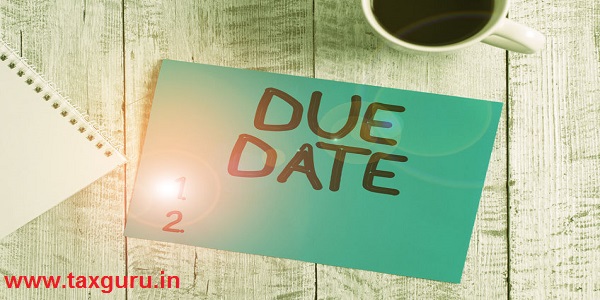



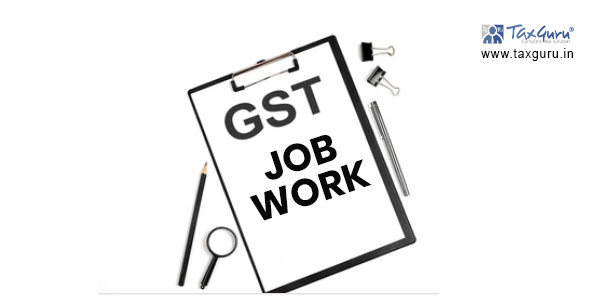

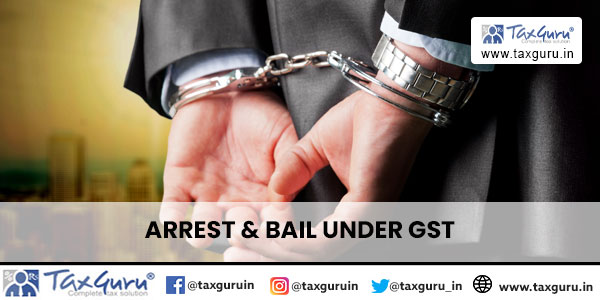
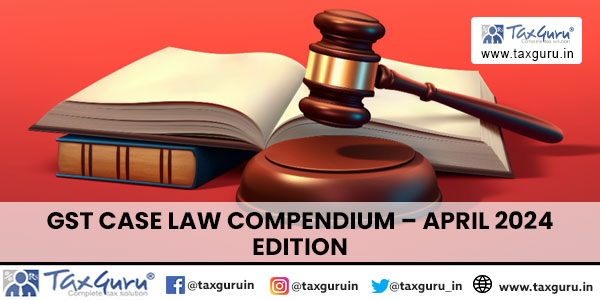

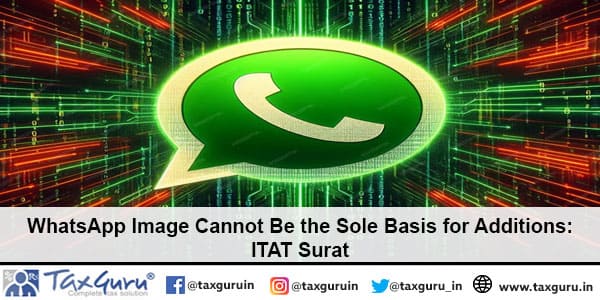
Why Sammallest/Poorest/Illiterate or semi-literate Traders Registered under GST COMPOSITE Scheme are not being reveiwed or heard judiciously.
These poor bread-earners are last one ine GST Que though in huge number are neither in vision of of the authorities concerned NOR in the sight of the GST Starter Govt..
WHY SO WHAT WRONG THEY HAVE DONE. GAREEB KI AAH DAB YA DABA TAU DI JAYEGI LEKIN BE ASAR KABHI NA GAI HAI NA JAYEGI HI